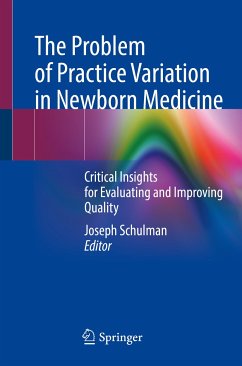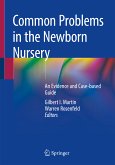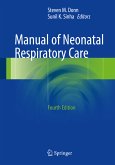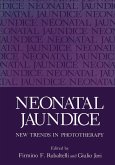Researchers report wide variation in health care resource use with little connection to patient outcomes, challenging the belief that directing incrementally more resources at certain healthcare problems necessarily produces better results. This book provides requisite knowledge to enable readers without research expertise to understand the notion of unwarranted practice variation, how to recognize it, its ubiquity, and why it is generally undesirable - why narrowing is pervasiveness improves quality.
The book begins by describing practice variation, its prevalence, and why it matters. Next, it examines alternative conceptualizations of NICU work. One view is task-oriented, while the other is aim-oriented. NICU teams rarely articulate their aims explicitly, so this book offers examples that guide thinking and action. Finally, this book asks, "Which rate is 'right'; what is the performance target?" The answer entails identifying the lowest resource use rate associated with desirable outcomes. This requires data describing efficient and predictably performing provision of current evidence-based care, along with relationships to a variety of outcomes.
Provider conceptualization of healthcare quality also is often vague. The challenge lies in defining this notion operationally. This book does precisely that and gives readers tools to think critically about process, outcome, and quality measures, via some understanding of systems, risk-adjustment modelling, and discriminating signal from noise in process data.
Dieser Download kann aus rechtlichen Gründen nur mit Rechnungsadresse in A, B, BG, CY, CZ, D, DK, EW, E, FIN, F, GR, HR, H, IRL, I, LT, L, LR, M, NL, PL, P, R, S, SLO, SK ausgeliefert werden.









